|
Home
Site map
Intro/Staff
Databases
Projects
Documents
| |
|
La Section de Biologie de la Conservation
La Biologie de la Conservation
est une science relativement récente et multidisciplinaire, développée en
réponse à la crise actuelle de la biodiversité, qui a pour objet l’évaluation de
l’impact des activités humaines sur cette diversité biologique et la conception
de mesures correctrices. S’appuyant sur les résultats de la biologie des
populations, de la science de l’évolution, de l’écologie et de l’éthologie, la
biologie de la conservation s’attache à concevoir des méthodologies
spécifiquement adaptées à l’analyse, à la mesure et à l’atténuation des risques
d’extinction des populations et des espèces d’une part, à la détection et au
renversement des processus de dégradation, de banalisation, de régression ou de
fragmentation des communautés d’autre part. La Section de Biologie de la
Conservation de l’Institut Royal des Sciences naturelles de Belgique a développé
ses activités le long de ces deux axes principaux.
En ce qui concerne les espèces
menacées, la recherche et les études portent essentiellement sur
l’identification d’espèces ou de populations à risque, leur historique
évolutive, leur biogéographie, leur éco-éthologie et leurs tendances,
l’évaluation des dynamiques et des risques d’extinction des petites populations,
le développement de méthodologies de rassemblement de données adaptées aux
espèces vulnérables, en particulier les techniques de marquage, d’identification
et de suivi individuels, le développement et la mise en place de programmes de
restauration.
En ce qui concerne les
écosystèmes, les activités de la Section se concentrent sur l’identification,
l’évaluation et la sélection de sites de grand intérêt biologique, sur la
définition de critères de sélection d'aires protégées et d'adéquation de leurs
réseaux, sur le développement de typologies et de catalogues d’habitats, sur
l’identification des contraintes et des menaces, sur les principes de gestion
des habitats et leur application à des sites complexes, sur les méthodologies
d’évaluation des tendances, sur les indicateurs biologiques et les études
d’impact environnemental.
Les activités de la section
de Biologie de la Conservation sont organisées en cinq programmes inscrits dans
le plan pluriannuel de l’Institut. Ces programmes comprennent à la fois des
activités permanentes et des projets ciblés entrepris à la demande des acteurs
dans le domaine de la conservation de la nature.
|
THREATENED
SPECIES AND POPULATIONS:
Direct contribution to the preservation of fragile species or populations,
through, in particular, the preparation of conservation or recovery plans
and a participation in their implementation. Development of methodologies
appropriate to the evaluation of extinction risks of populations, to the
diagnosis and quantification of risk factors, to the identification and
monitoring of corrective measures. A limited number of groups of plants
and animals is involved in the programme, their selection determined by
contingencies related to conservation priority needs as well as by the
expertise accumulated by the Section. Current projects are conducted
within the framework of the implementation of the Bonn Convention and
concern critically threatened migratory species,
Sahelo-Saharan antelopes
on the one hand, the curlew Numenius tenuirostris on the other
hand. Recently completed projects addressed the conservation of the
Mediterranean Monk Seal, Monachus monachus, of the Hazel Hen,
Bonasa bonasia, in the Ardennes, of the European Lady's Slipper
Orchid, Cypripedium calceolus,Gorilla
gorilla.
|
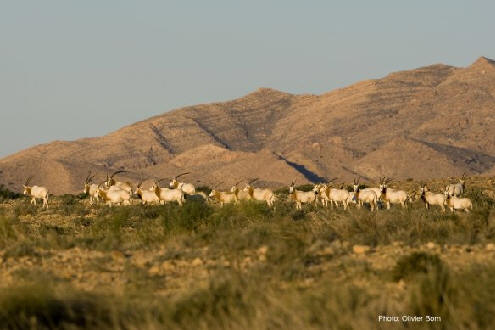

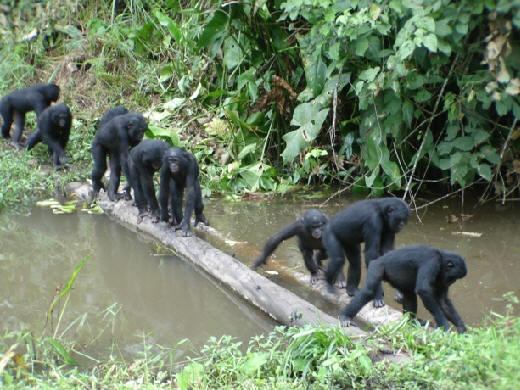
|
LONG-TERM
EVOLUTIONS: Study
and quantification of middle- and long-term dynamic trends of populations
or species belonging to sensitive groups. Methodological contribution to
the development of data-gathering and interpretation systems. This
programme exploits the opportunities for continuity of research provided
by the administrative structure of the Royal Belgian Institute and
includes projects which have been sustained over several decades. The main
components of the programme are the study of populations and movements of
European birds through ringing, the study of bat distribution, abundance
and ecology in Belgium, the monitoring of forest and peri-urban avifaunas.
|
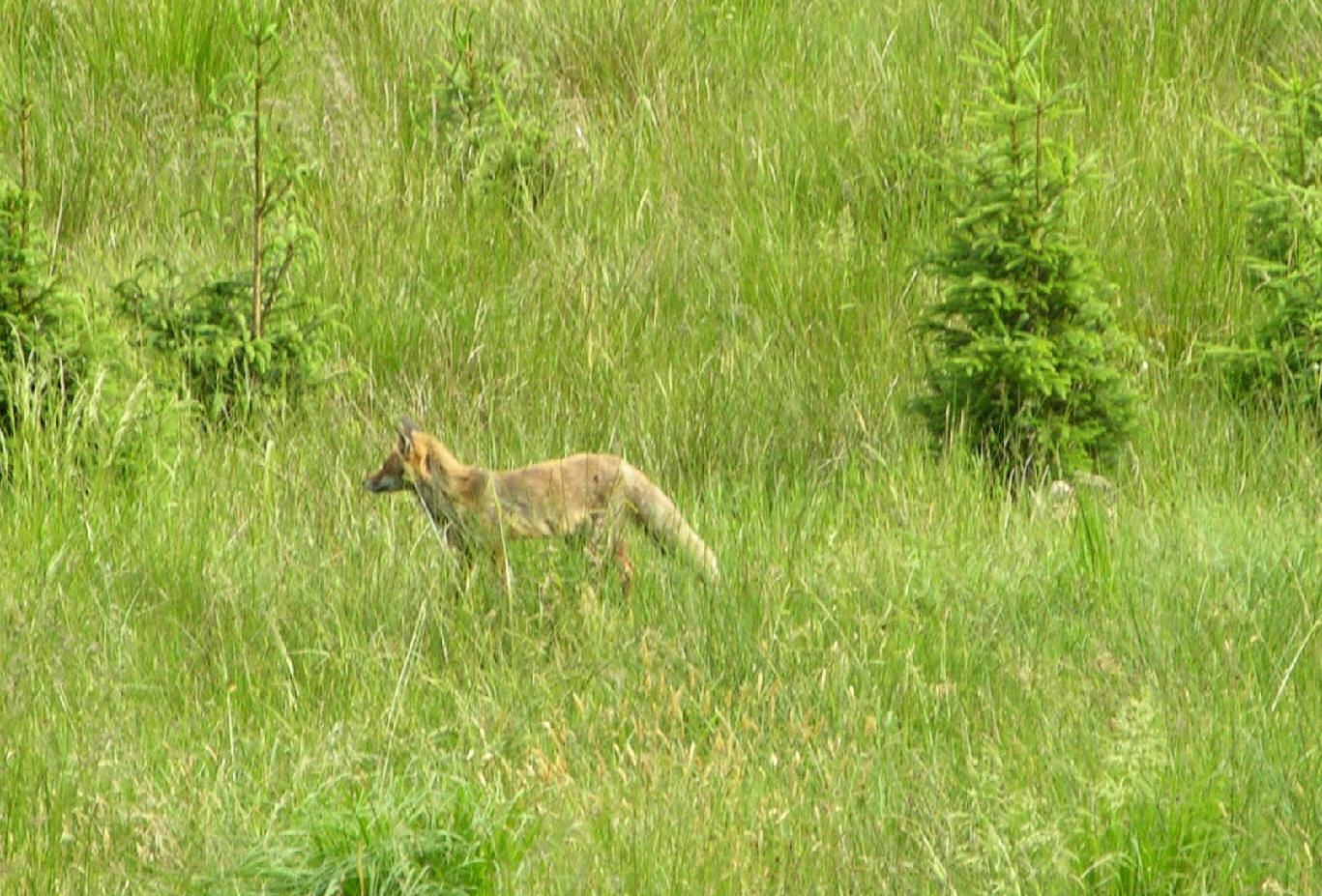
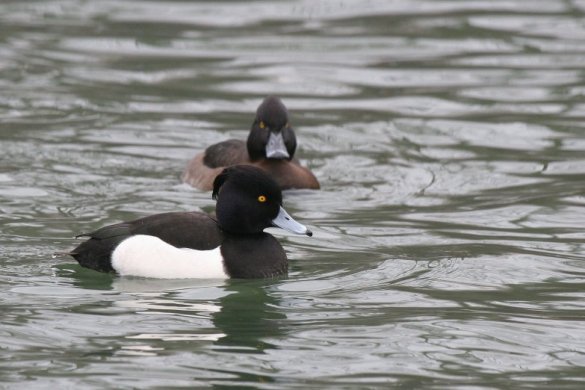
|
IDENTIFICATION
AND EVALUATION OF FRAGILE COMMUNITIES:
Contribution to the identification and elaboration of networks of
protected areas, established, in particular, within the framework of
European directives and international conventions. Identification and
characterisation of fragile communities, evaluation of their state of
conservation, of their trends, of their range and of the risk factors to
which they are submitted. Definition, selection and evaluation of networks
of protected areas based on an adequate representation of distinct plant
and animal communities. Design of management techniques contributing to
the preservation of fragile communities. Conception of management and
incitation measures applicable outside protected areas and contributing to
an overall improvement of the quality of communities. Currently running
projects include the development of a habitat typology, initiated for
Europe within the CORINE programme of the European Communities, extended
to the Palaearctic Region in collaboration with the Council of Europe and
the Barcelona Convention, now adapted to several continents. They also
include validation projects, oriented towards relations between habitat
typologies and faunal elements and towards the evaluation of scale
factors; they use several ensembles of bio-indicators, among them the
litter fauna, orthopterans, amphibians and reptiles, birds, bats,
primates.
|

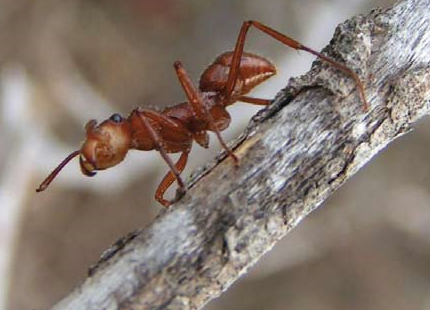
|
BIOINDICATORS:
Evolutionary biology, eco-ethology and biogeography of species and groups
of species of high relevance to nature conservation and with strong
bioindicator characteristics. Development and experimentation of
methodologies of biodiversity evaluation relying on indicators. Study of
the applicability of these methods to various approaches of the
conservation of the natural heritage. Experimentation of environmental
monitoring methods relying on the observation of the evolution of the
richness of sample sites in species belonging to indicator groups, or of
appropriate parameters and indices related to that richness. Current
projects concern mammals, in particular bats, birds, terrestrial orchids
and selected groups of invertebrates.
|


|
INTEGRATED
MANAGEMENT:
Integration of the
preoccupations of conservation of the natural heritage in land planning
policies. Identification of sites of conservation importance,
characterisation of ecologically sensitive areas, management techniques.
Definition and application of the special protection area concept.
Establishment of protected areas, parks and nature reserves. Elaboration
of management and action plans for protected areas or species.
Inventories. Conception, implementation and evaluation of awareness
campaigns in favour of protected areas or species. Site evaluation
methodologies. Relations between agriculture, environment and
biodiversity. Land planning and impact study methodologies. Biological
potential of administrative entities. This programme incorporates in its
conceptual core results of projects pertaining to other programmes, but
its field of application is situated somewhat downstream, at the level of
the integration of biological data in conservation programmes and of their
interaction with economical and social constraints. Studies in support of
the implementation of the European directives on wild birds and on fauna,
flora and habitats, on the one hand, of the Bonn, Bern and biodiversity
conventions, on the other hand, fit in this programme. The programme also
includes ecological network studies in urban and suburban areas,
management, improvement and restoration programmes in favour of sites of
importance for the conservation of bats, the elaboration of management
plans for nature reserves belonging to non-governmental organisations and
a participation in a habitat rehabilitation and monitoring programme in
the Hercynian ranges of Central Europe.
|


|
Scientific and
Technical staff
Scientific staff
Maurice Leponce
Section Head
DrSc. Agronomiques
Ecological patterns ans processes, entomology, soil fauna,
Ingénieur agronome biodiversity assessment, habitats, protected areas
Roseline C. Beudels-Jamar de Bolsée
DrSc. - Biologique
Senior Scientist
Assistant-Manager of the Section
Eco-ethology of mammals and birds, population dynamics
threatened species, protected areas
Marie-Odile Beudels
Licenciée en Philosophies & Lettres
Monument and site history, public awareness,
Licenciée en Philosophie &Lettres environment education, museology, threatened
species
programs, database management, Webmaster
René-Marie Lafontaine
Licencié en Sciences Biologiques
Ornithology, entomology, threatened Species,
protected areas, ecological assessment
Maurice Leponce
DrSc. Agronomiques
Ecological patterns ans processes, entomology, soil fauna,
Ingénieur agronome biodiversity assessment, habitats, protected areas
Post PhD student
Thibaut Delsinne
DrSc en Sciences Biologiques
Terrestrial insect ecology. Dry woodland. Vegetation- insect relations.
Ant communities.Aridity gradients.
PhD students
Yaëlle Bouyer
Doctorante FRIA
Use of space and predation by Eurasian Lynx. Modelization of the possible return
of a large carnivore in Benelux.
License en Biologie des Organismes. Anges (France). 2009
Master: Zones humides. Anges (France) 2010
Fanny Brotcorne
Doctorante FNRS
Msc en
Sciences Psychologiques. ULB. 2006
Master complémentaire: Biologie des Organismes et Ecologie. ULG. 2008
Thèse: Eco-éthologie et analyse de viabilité de populations de Macaques à longue
queue
(Macaca fascicularis) à Bali (Indonésie): impact du type d'habitat et du degré
d'anthropisation
Nicolas Granier
Doctorat en cours: écologie comportementale de communautés non habituées de
chimpanzés,
Pan troglodytes verus . Mont Nimba. Guinée, Côte d’Ivoire et le Liberia.
Licence et Maîtrise de Biologie Cellulaire et Physiologie
Recherche en Primatologie (PRG).
Ecologie comportementale, Chimpanzé, Utilisation de l’habitat, Saisonnalité,
Phénologie des fruits, Grande Faune, Approche Transfrontalière de la Recherche
et Conservation.
Justine Jacquemin
Doctorante FRIA
Msc en Bioingénierie (Zoologie Appliquée)
Neotropical ant assemblages and ecology
Charles-Albert Petre
Doctorant Belspo (Action 2)
License en Biologie Animale. ULB. 2005
DEA en Eco-éthologie et conservation de la biodiversité. ULg. 2007
Wildlife conservation and forest management
Adeline Stercks
Doctorante FNRS
Msc en Bioingéniérie (Zoologie Appliquée)
Eco-ethology of bonobos
Franck Trolliet
Doctorant: thèse Lac Tumba- RDC
License en Biologie des Organismes.
(France)
Recherche en primatologie ULG
Scientific collaborators:
Pierre Devillers:
Ecology and conservation of plant communities, habitat
characterisation and classification, plant systematics and
ecology, ornithology, protected areas
ean Devillers-Terschuren: Ecology and conservation of plant communities,
habitat
characterisation and classification, plant systematics and
ecology
Jacques Verschueren: Eco-ethology of mammals and birds, threatened species,
protected areas
Technical staff :
Isabelle Bachy: Scientific photography, image databases,
animal detection methodologies
Jacques Fairon: Bats
Yves Lauren : Databases , animal detection methodologies
Didier Vangeluwe: Ornithology, bird-ringing

|

|
Retour à la page d'accueil du site de l'Institut royal des Sciences
naturelles de Belgique.
Dernière modification: 28/09/2011
Mise à jour: Marie-Odile Beudels |
|